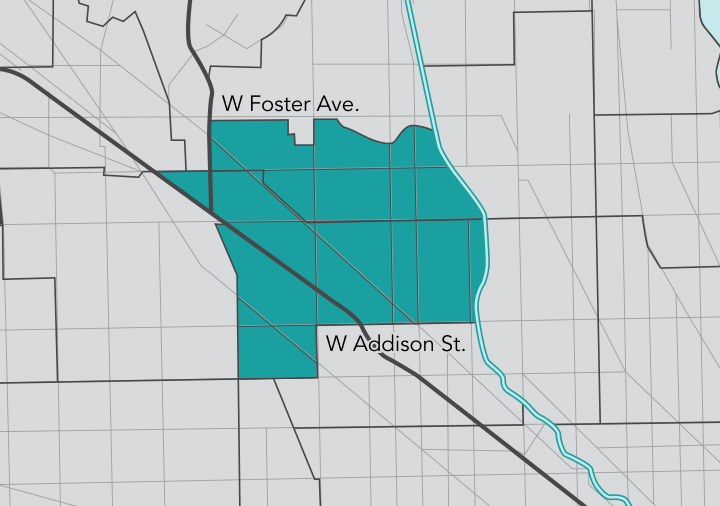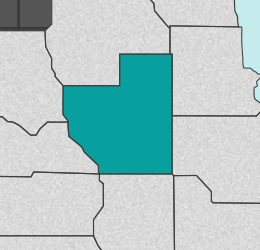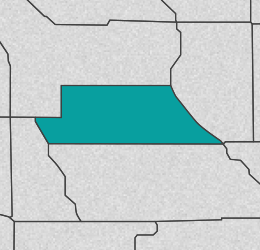
Albany Park / Irving Park
Albany Park grew from a sparsely settled farming community to a dynamic urban neighborhood in the course of one generation. As Chicago's population exploded in the 1870s and 1880s, the suburban community became increasingly popular. In 1889, Chicago annexed the area along with neighboring Irving Park and other communities of Jefferson Township.
In recent decades, Albany Park became a port of entry for immigrants from Asia and Latin America. It boasts leafy streets with attractive and fairly affordable housing stock, bustling avenues with global cuisine, forest preserve on its northern boundary, and convenient train service from the CTA Brown lines.
Irving Park began with Charles T. Race’s initial subdivision in the 1870s. The bucolic railroad suburb, named for author Washington Irving, was an instant hit with a wealthier set and grew rapidly. Shortly after annexation, its streets were outfitted with pavement, lighting, and public transportation. A residential boom between 1895 and 1914 added more than 5,000 new buildings.
Today distinct areas of Irving Park are defined by their preserved vintage housing stock: The Villa District with its bungalows; Old Irving Park, replete with Queen Anne, Victorian, and Italianate farmhouses; and Independence Park, dense with turn-of-the-century homes and multifamily buildings.

